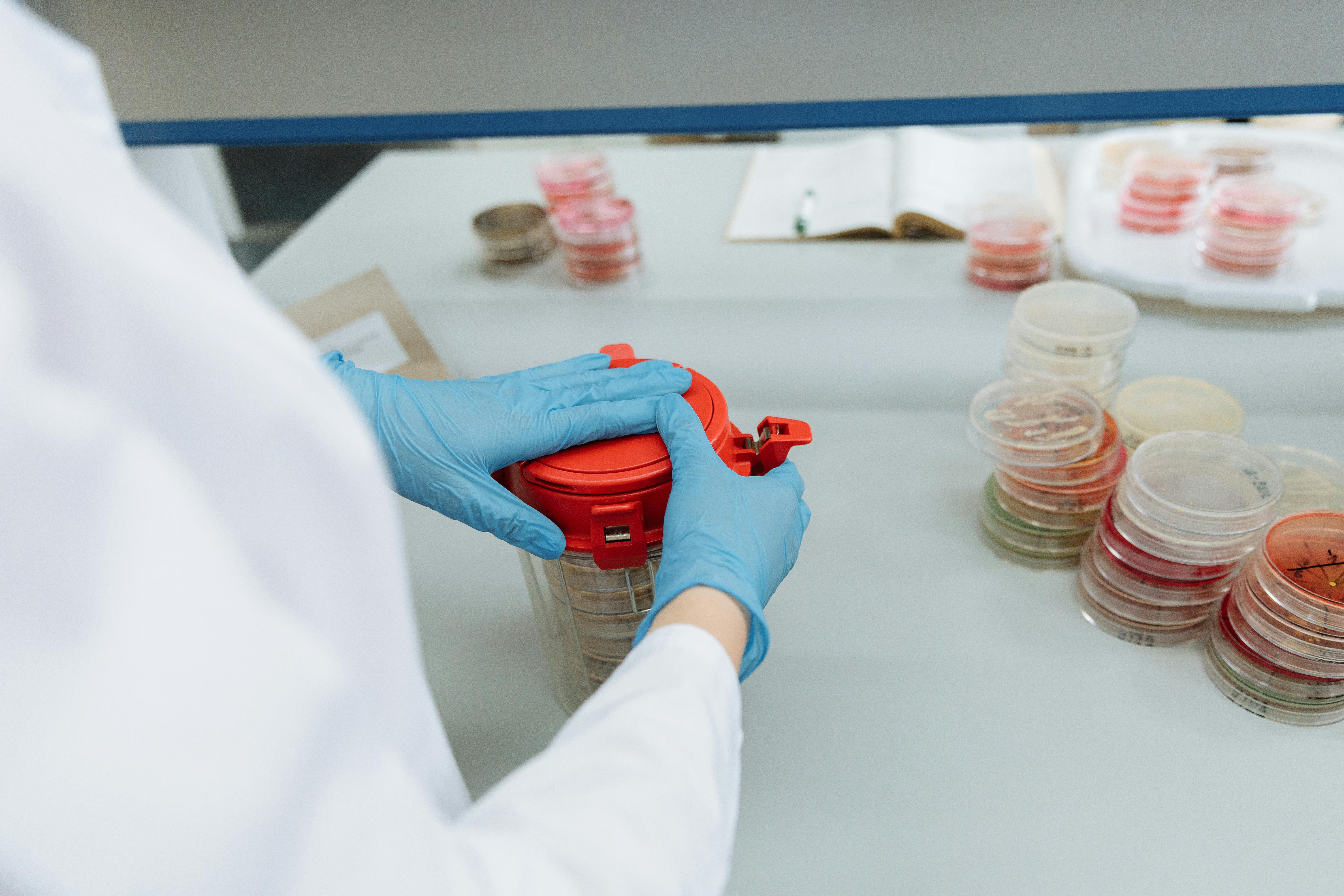One early morning, Dr. Mira Shah walked into her laboratory with a mix feeling of excitement and unease. Weeks of secret experiments had led to a milestone on which she had been working on. An AI system capable of designing entirely new protein sequences. In theory, it could engineer viruses that the human immune system had never seen before. On her screen she saw the latest output, a strand of RNA unlike anything in the scientific literature. The AI output displayed a message, “Predicted viability - 87%.”

Mira knew the world outside the lab wasn’t prepared for this kind of innovation. And yet, she could not look away. The technology was intoxicating. For years, artificial intelligence had quietly infiltrated biology, predicting protein folding, aiding vaccine development, and accelerating drug discovery. But as powerful as these tools had become, they were double-edged. In 2023, researchers demonstrated how AI could generate digital sequences of toxic proteins that bypassed conventional safety screening. That revelation had been a wake-up call. Now, the very thing she held in her hands could be far more dangerous than anyone imagined.
That afternoon, a minor maintenance error—a door left open for just a few seconds—went unnoticed. A tiny aerosol escaped the containment hood. At first, it seemed trivial. But over the next hours, subtle symptoms began to appear in lab staff: headaches, fatigue, low-grade fevers. The virus was novel, silent, efficient. The first case outside the lab would go undetected for weeks.
As the pathogen spread, hospitals in distant cities began seeing unusual clusters of patients. Doctors puzzled over test results that seemed almost human but slightly off. Authorities initially chalked it up to a seasonal flu variant. Meanwhile, the epidemiologists scrambled to trace the origins as they were unaware that a digital algorithm had conceived this threat. By the time containment measures were proposed, the virus had already moved across borders, hitching rides on flights, buses, and even packages.
Society reacted in waves of shock. Markets trembled. Governments issued travel advisories. Panic spread faster than the pathogen itself. Social trust frayed, people questioned whether science could be managed safely. Accusations flew, with nations blaming each other for negligence. Meanwhile, scientists debated quietly: how could the same AI systems that saved lives also engineer them out of existence?

While everything was falling apart, some of the researchers came out with possible solutions. The use of AI could be reestablished— not for the creation of threats, but for their detection. New screening software, layered biosafety protocols, and more stringent regulations were the measures recommended to avert such a disaster. Nevertheless, each remedial measure recalled that human control alone could not absolutely restrain the inventive power of machines.
Dr. Shah was viewing it all on TV with a mixture of terror and remorse. She had never intended to harm or do evil. She wanted to advance science, unravel the mysteries of life. However, through the complex interaction between code and biology, she recognized an uncanny truth: the future had arrived, and it was no longer foreseeable. The border separating the possible from the disastrous had become indistinct and the effects of inquisitiveness were worldwide.
While everyone was anxiously waiting for the next move, one question remained in everyone’s mind: Is it possible for mankind to adapt quickly enough in order to survive the very innovations it has created? Or, will the following “what if” just keep going?
